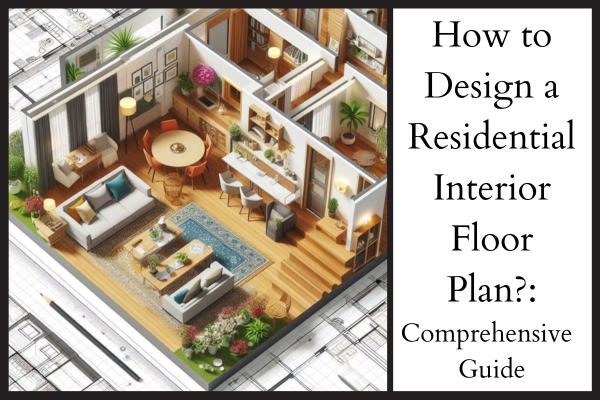In the fast-paced world of design and aesthetics, landscape 3D design stands out as a revolutionary tool, captivating architects, designers, and enthusiasts alike. This article aims to delve deeper into the intricate world of landscape 3D design, unraveling its mysteries and exploring the compelling reasons behind its widespread adoption.
Understanding Landscape 3D Design
Landscape 3D design is a transformative approach that transcends traditional design methods by introducing a third dimension. Imagine the power of being able not only to visualize but virtually experience your dream outdoor space. This cutting-edge technique employs sophisticated computer software, creating intricate three-dimensional models that provide a lifelike representation of the proposed landscape.
The Power of Visualization
The primary allure of landscape 3D design lies in its unparalleled ability to breathe life into ideas. In conventional design processes, clients often struggle to grasp the full vision based on flat, 2D drawings. However, with 3D design, every aspect is meticulously crafted, allowing clients to immerse themselves in a realistic preview and gain a profound understanding of the proposed design.
Why Choose Landscape 3D Design?
1. Enhanced Communication
Effective communication is the cornerstone of successful design projects. Landscape 3D design serves as a potent communication tool by eliminating ambiguity. With realistic visualizations, designers can convey their ideas clearly, ensuring that clients and stakeholders share a cohesive vision.
2. Streamlining Decision-Making
In the traditional design landscape, alterations and revisions can be time-consuming and costly. Landscape 3D design introduces an unprecedented level of flexibility, enabling swift modifications. This not only saves time but also reduces the risk of expensive errors, streamlining the decision-making process.
3. Realism Breeds Confidence
Realistic visualizations generated by landscape 3D design instill confidence in clients and stakeholders. Witnessing a project come to life in such detail fosters a sense of assurance, making clients more inclined to approve the proposed design. The realistic portrayal eliminates uncertainties, leading to a more confident decision-making process.
4. Preemptive Problem-solving
Anticipating potential challenges before breaking ground is a significant advantage. Landscape 3D design allows for meticulous project analysis, foreseeing possible issues, and enabling proactive problem-solving. This foresight not only prevents costly mistakes but also enhances the project’s overall efficiency.
Outranking the Competition with Landscape 3D Design
In the fiercely competitive landscape of design and architecture, differentiation is paramount. Incorporating landscape 3D design into your projects not only elevates the quality of your work but also positions you as an industry innovator. Search engines prioritize unique and engaging content, and by embracing innovative techniques like 3D design, you signal to algorithms that your content is relevant and valuable.
Conclusion
In conclusion, landscape 3D design emerges as a transformative tool that transcends mere aesthetics, revolutionizing how we conceptualize and execute outdoor spaces. Its power to enhance communication, streamline decision-making, and preemptively address challenges makes it an invaluable asset in the design realm. As you embark on your design endeavors, consider the profound impact of 3D design in not just meeting but exceeding the expectations of your clients, establishing a lasting presence in the competitive landscape of creative industries.








